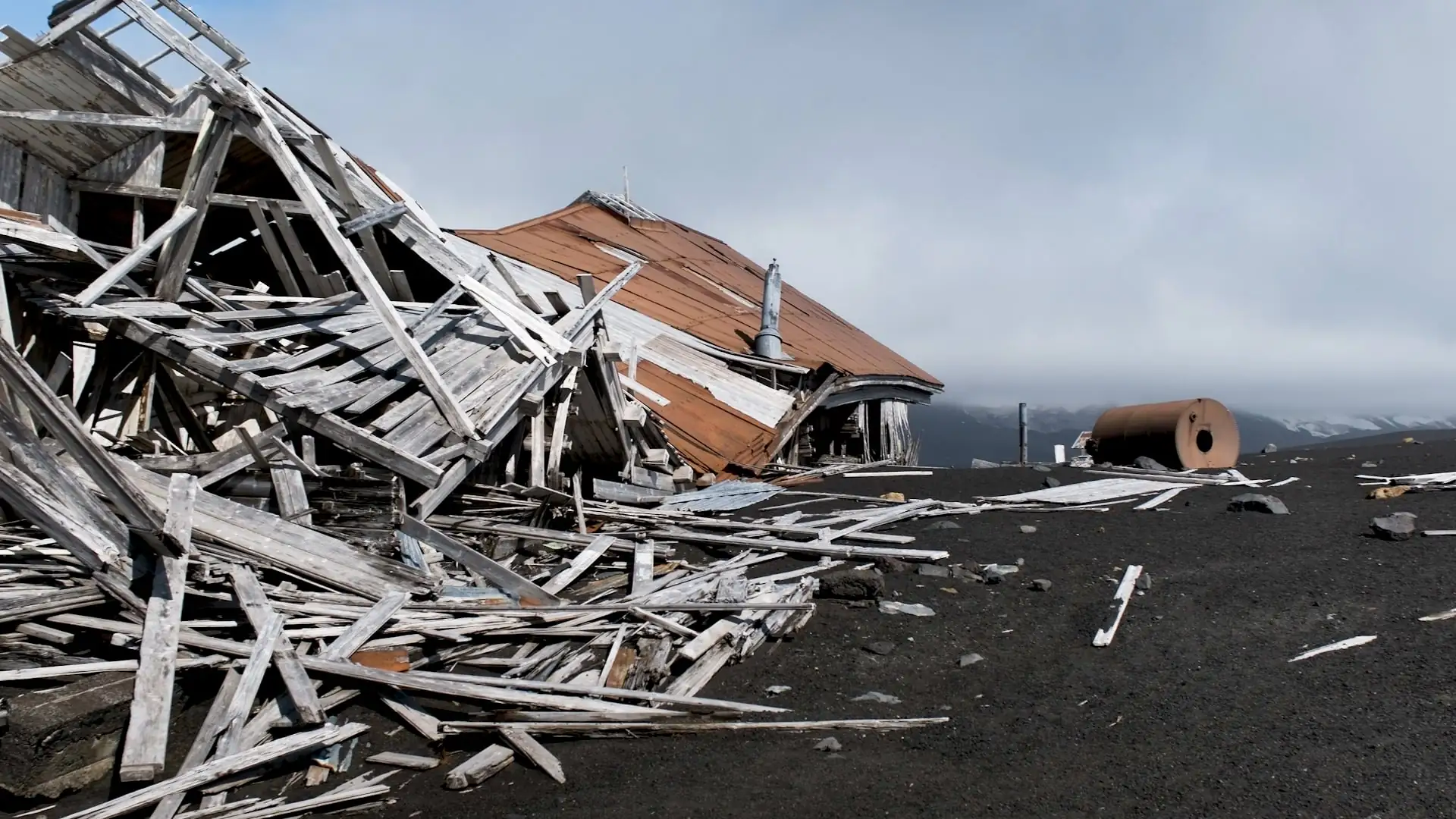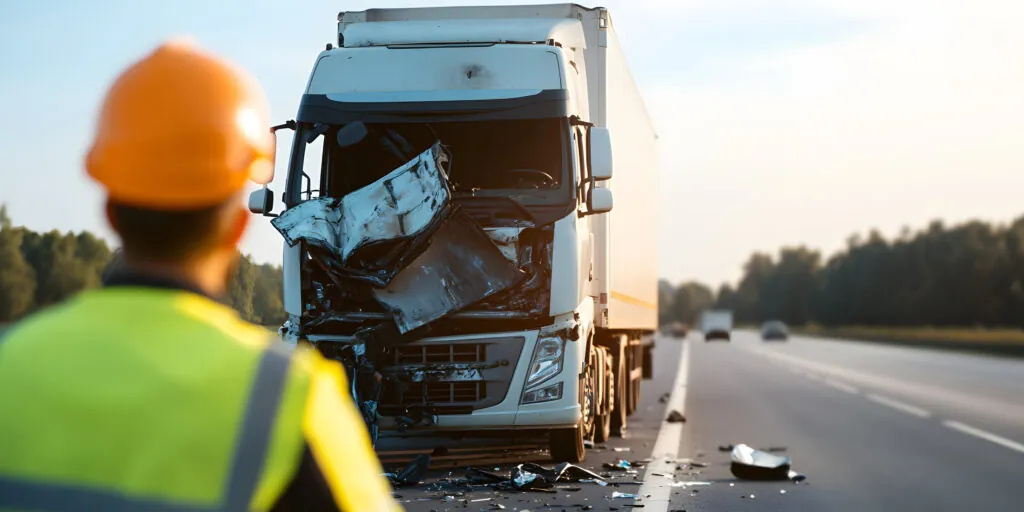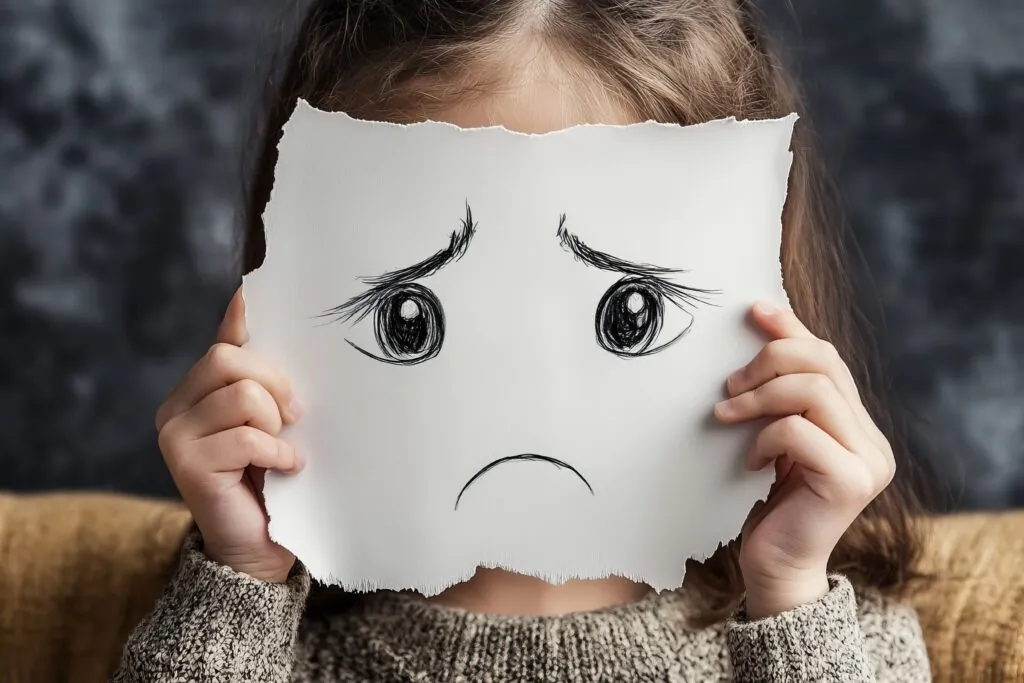Philadelphia Building Collapse Lawyer
Building collapses can lead to catastrophic consequences, including severe injuries, property damage, and even fatalities. In such tragic events, victims and their families often face emotional and financial burdens, making it crucial to seek justice and compensation. If you or a loved one has been affected by a building collapse, consulting an experienced Philadelphia building collapse lawyer is essential to understand your rights and explore your legal options.
Why You Need a Building Collapse Lawyer
When a building collapses, determining liability can be complex. Multiple parties may be responsible, including property owners, architects, engineers, contractors, and even maintenance companies. An experienced Philadelphia building collapse lawyer can help investigate the incident, identify responsible parties, and build a strong case to secure the compensation you deserve.
Understanding Building Collapses and Structural Failures
Building collapses can occur due to various reasons, such as structural failures, construction defects, or safety violations. In most cases, these incidents are preventable and result from negligence or violations of building codes and safety standards. A skilled structural failure attorney can help you understand the underlying causes of the collapse and determine who should be held accountable.
Legal Implications of Building Accidents
Victims of building collapses may be entitled to compensation for medical expenses, property damage, lost wages, and pain and suffering. However, building collapse cases involve complex legal issues, including premises liability, construction negligence, and product defects. It is essential to have an experienced Philadelphia building collapse lawyer who can navigate these legal complexities and fight for your rights.
Who is Liable for Building Collapses?
Liability for building collapses can be attributed to one or more parties, including:
- Property Owners – Failing to maintain the property or address structural issues.
- Architects and Engineers – Design flaws or inadequate structural planning.
- Contractors and Construction Companies – Use of substandard materials or poor workmanship.
- Maintenance Companies – Negligence in building upkeep and safety measures.
An experienced premises liability lawyer can investigate the incident to determine liability and pursue compensation on your behalf.
Common Causes of Building Collapses
Understanding the causes of building collapses can help victims and their families seek justice and prevent future incidents. Some common causes include:
Construction Defects and Negligence
Construction defects, such as poor workmanship, use of substandard materials, or non-compliance with building codes, can compromise the structural integrity of a building. In such cases, a construction defects attorney can help you hold negligent parties accountable and pursue compensation for damages.
Structural Failures Due to Poor Design
Faulty architectural designs or structural engineering flaws can result in building collapses. This includes inadequate load-bearing capacity, poor foundation design, or incorrect calculations. Victims can seek legal representation from a Philadelphia building collapse lawyer to file a lawsuit against architects, engineers, or construction firms.
Maintenance and Safety Violations
Property owners and management companies are responsible for maintaining safe premises. Negligence in building maintenance, failure to repair structural issues, or violation of safety regulations can lead to building collapses. A premises liability lawyer can help victims pursue claims against negligent property owners.
Types of Compensation for Building Collapse Victims
Victims of building collapses may be eligible for various types of compensation, including:
Medical Expenses and Rehabilitation Costs
Building collapse injuries can be severe and may require extensive medical treatment, surgeries, rehabilitation, and long-term care. Victims can seek compensation for medical expenses, including hospital bills, medication costs, and physical therapy.
Property Damage and Loss of Income
Building collapses often result in property damage and loss of personal belongings. Victims may also suffer from loss of income due to temporary or permanent disability. Compensation claims can cover property repairs, replacement costs, and lost wages.
Pain and Suffering Compensation
In addition to financial losses, victims may experience emotional distress, psychological trauma, and reduced quality of life. Compensation for pain and suffering aims to provide justice for these non-economic damages.
How a Building Collapse Lawyer Can Help
Hiring an experienced building collapse lawyer is crucial to building a strong case and maximizing your compensation. Here’s how a lawyer can help:
Investigating the Cause of the Collapse
A skilled lawyer will work with structural engineers, architects, and safety experts to investigate the cause of the collapse. They will gather evidence, including construction records, inspection reports, and witness statements, to establish negligence and liability.
Gathering Evidence and Building a Strong Case
Proving liability in building collapse cases requires substantial evidence. Your lawyer will collect photographs, surveillance footage, expert testimony, and other crucial documents to build a compelling case.
Negotiating with Insurance Companies
Insurance companies may try to minimize payouts or deny claims. An experienced Philadelphia building collapse lawyer can negotiate with insurance adjusters and advocate for a fair settlement on your behalf.
Steps to Take After a Building Collapse Injury
If you or a loved one has been injured in a building collapse, take the following steps to protect your rights and maximize your compensation:
Seek Medical Attention Immediately
Your health and safety should be the top priority. Seek immediate medical attention for your injuries and follow your doctor’s recommendations for recovery.
Document the Incident and Gather Evidence
Take photographs of the accident scene, building damage, and your injuries. Collect contact information of witnesses and obtain a copy of the accident report.
Contact a Building Collapse Lawyer
Consult an experienced building collapse lawyer to understand your legal rights and start your compensation claim. The sooner you seek legal help, the better your chances of securing a favorable outcome.
Building Collapse Litigation Process
Building collapse lawsuits involve complex legal processes. An experienced lawyer will guide you through each step, including:
Filing a Lawsuit Against Negligent Parties
Your lawyer will file a lawsuit against responsible parties, including property owners, architects, contractors, or maintenance companies.
Proving Liability and Negligence
To win your case, your lawyer must prove that the defendant’s negligence caused the building collapse and your injuries. This involves presenting evidence, expert testimony, and legal arguments.
Court Trials and Settlements
If a fair settlement cannot be reached, your case may proceed to trial. Your lawyer will represent you in court and fight for the maximum compensation you deserve.
Frequently Asked Questions About Building Collapse Lawsuits
Who is liable for a building collapse?
Liability can be attributed to property owners, architects, contractors, or maintenance companies, depending on the cause of the collapse.
How long do I have to file a lawsuit?
The statute of limitations varies by state. Contact a lawyer promptly to avoid missing important deadlines.
How much does a building collapse lawyer cost?
Most building collapse lawyers work on a contingency fee basis, meaning you don’t pay unless they win your case.
Why Choose Us as Your Building Collapse Lawyer
Choosing the right lawyer can make a significant difference in the outcome of your case. Our law firm is committed to:
- Experienced and Dedicated Legal Team – Our team specializes in building collapse litigation with a proven track record of success.
- No Win, No Fee Guarantee – We work on a contingency fee basis, ensuring you don’t pay unless we win your case.
- Free Consultation – We offer a free consultation to discuss your case and explore your legal options.
Contact Fulginiti Law for a Free Consultation
If you or a loved one has been affected by a building collapse, don’t wait! Contact Fulginiti Law today for a free consultation and find out how we can help you get the compensation you deserve. Call us or fill out our online form to get started on your claim.



